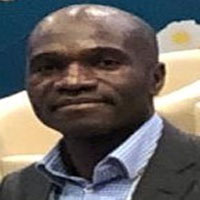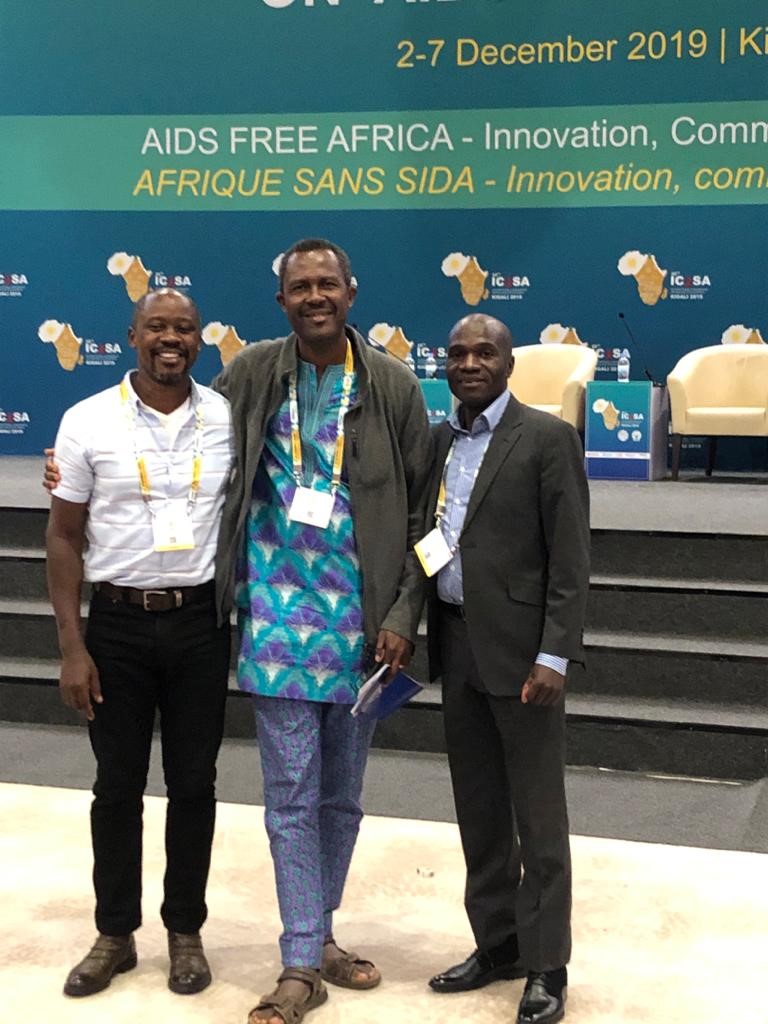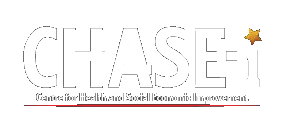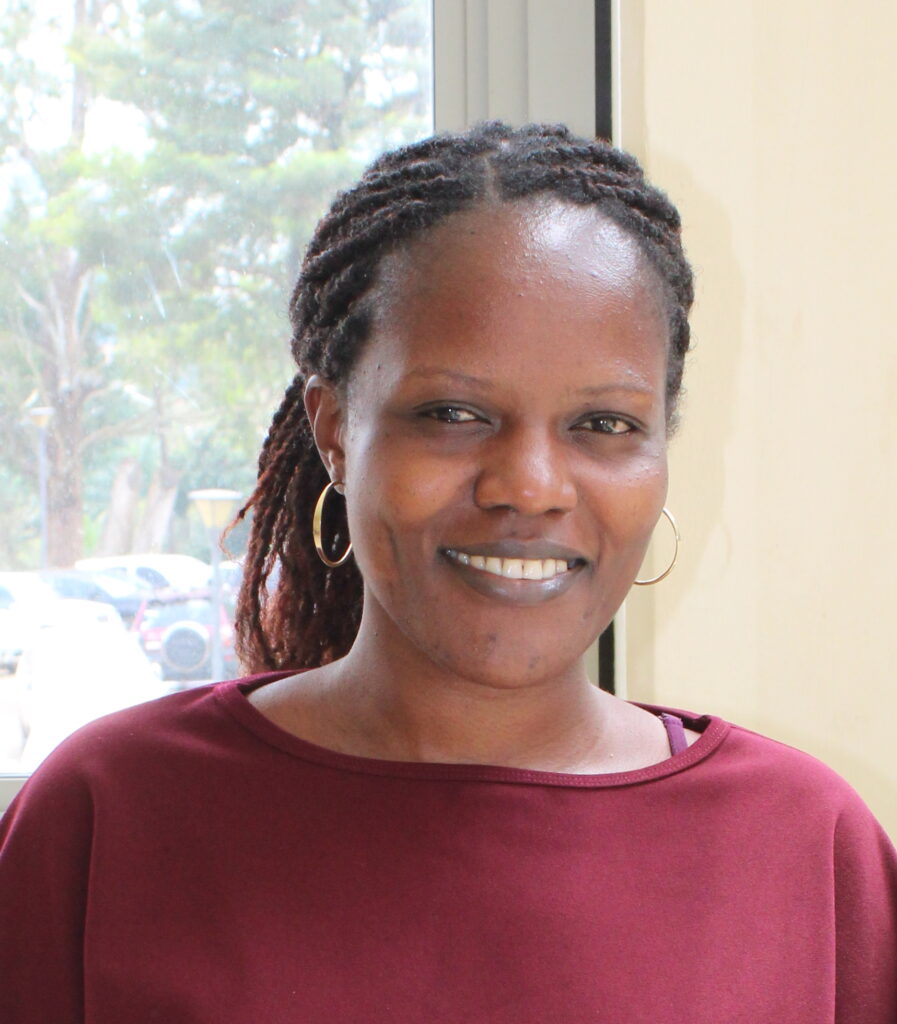Frontline experiences of implementing VMMC in Uganda’s military.

Dr. Abdul Nyanzi
- March 8, 2021
Prevention is a crucial entry point in the fight against HIV. One of the most highly recommended biomedical methods of prevention is Voluntary Male Medical Circumcision (VMMC) which involves the surgical removal of the fore skin of the male reproductive organ, this reduces HIV contraction risk by 60%. With the global goal of eliminating HIV transmission by 2030, all measures which aim to reduce HIV transmission risk need to be increased through awareness and implementation.
The University Research Council (URC)- Department of Defense HIV/AIDS Prevention Program (DHAPP) is mandated to reduce the prevalence of HIV among uniformed personnel (the military) and their surrounding communities. At the start of the program in 2018, the military reported a low coverage of VMMC due to retirement (above 50+), and recruitment of young sexually active young males (above 18+) amongst its ranks and file. This continuous process of retirement and recruitment usually keeps the prevalence of circumcision low amongst uniformed personnel. URC-DHAPP was tasked to circumcise 18,000 males within a one (1) year period from October 2018 to October 2019 as a PEPFAR target. There was delayed roll out of the program that caused decrease in the time to allow for achievement of this target.
But URC-DHAPP got significant support from the UPDF’s Directorate of HIV (DHIV). Leveraging the military’s longstanding “Command-Driven” approach, and with the significant support of DHIV, we were able to achieve the target. Within a short time frame we mobilized human resources, VMMC logistics and finances to support demand creation among uniformed personnel. This was majorly done through “Command-driven” drives and through barazas (unit parades), in which the Unit commanders sensitized their troops on the health benefits of circumcision towards the control of the spread of STIs and HIV. These Commander drives, also backed by the President and Commander-in-Chief, have significantly curbed the spread of HIV among uniformed personnel. The VMMC message spread like a wildfire among troops. They have appreciated, taken it up wholeheartedly and very many soldiers have consented to having VMMC done.
URC DHAPP used a model developed by the World Health Organisation (WHO) and used in very many countries worldwide. It is a model to optimize volume and efficiency (MOVE). We adapted this MOVE model to the local military context and were able to circumcise 22,000 males in a four (4) months period which was 120% of its allocated target. The MOVE model was implemented at both static and mobile sites, in which teams of highly qualified technical teams provided services through task shifting. The teams set up operating rooms to ensure that increased number of males are circumcised, using the dorsal slit method, in a timely manner and under minimum operating standards. 48 hour follow up was undertaken for every circumcised male which allowed for minimal adverse events (AE) occurring. Infact only one (01) severe adverse of tetanus was reported, and in a case report we profile this adverse event.
URC DHAPP program managed to achieve its allocated target through using the MOVE model because the model was adapted to suit the local context. Other countries and civilian populations have also implemented MOVE; however, it is different contextual realities that each VMMC camp or procedure needs to consider for it to be effective. MOVE allows for optimization of volume and efficiency through assessing and improving on the management of demand creation, client flow, theatre set up, task shifting, logistics management. We used the uniformed personnel’s ability to mobilize through command-led mobilization techniques which create a surge in VMMC uptake. What resulted was an increased prevalence of VMMC from 7% in Quarter 1 to 121% at Q4 which was a remarkable achievement.
The DHAPP program significantly reduced of risk of HIV transmission within the uniformed personnel. We carefully studied the MOVE model and then undertook on-ground assessments with support from the UPDF’s Directorate of HIV and Commanders. We registered resounding success. There is so much to learn from URC-DHAPP’s VMMC’s implementation experience in the military and some of these successes are transferable in civilian populations as we continue to work towards elimination of HIV by 2030.
About the Interview
Dr Abdul Nyanzi works with the UPDF’s Directorate of HIV (UPDF-DHIV). He is currently the Thematic Lead for VMMC at URC-DHAPP and can be reached on anyanzi@urc-chs.com



